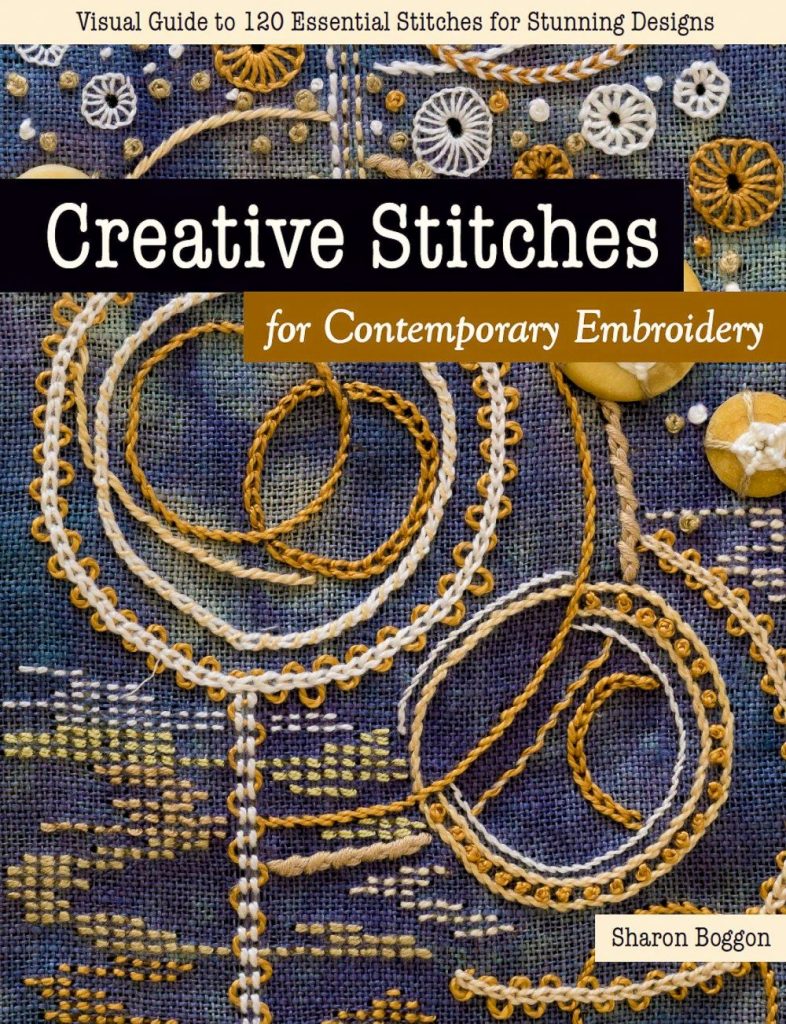
Over on A list Apart, Mike Rohde has written a good article about the advantages of using a sketchbook as a thinking tool. The points he makes in Sketching: the Visual Thinking Power Tool can be applied to any creative practice. That includes any creative practice that is associated with textiles.
When you design on a computer or tablet, lots of interesting things happen. The design process can develop along unanticipated and exiting path ways. When you work in a sketch book the pace and process produces different work again. One process can supplement the other. The choice of computer or sketchbook is not an either/or situation but should become a practice of combining both. Combining using a sketchbook as a thinking tool and working on the computer or tablet will exercise and enhance your creative skills. I keep a notebook next to the computer using it for everything from mundane stuff like shopping lists, to ideas I have while browsing the internet.
“Adding sketching to the design process is a great way to amplify software and hardware tools. Sketching provides a unique space that can help you think differently, generate a variety of ideas quickly, explore alternatives with less risk, and encourage constructive discussions with colleagues and clients.” says Mike Rohde a designer and sketchnote artist in Sketching: the Visual Thinking Power Tool. If you are at all interested in design, and any aspect of textile design, pop over and read the article.
I have a few examples and tutorials on keeping a sketchbook. I call my sketchbook a Studio Journal. This mainly because that is the term I was taught when I went to Art School.
Some tips on choosing a Visual Journal
Adding pages to a wire bound journal
Art Journal Technique Gesso as base
From studio journal design to embroidered piece
Dueling Fiddlers from photo to stitch
A prune or a pickle the process of working up a small paisley design
My book for creative stitchers

If you enjoy my site you will gain real value from my book: Creative Stitches for Contemporary Embroidery: Visual Guide to 120 Essential Stitches for Stunning Designs
Feeling stale? Wondering how to add sparkle to your embroidery? I have aimed Creative Stitches for Contemporary Embroidery to be suitable for both beginners and seasoned embroiderers. It introduces techniques to encourage your creative interpretations of stitches. I guide you towards discovering play-points in your embroidery by varying the height and width; by stacking stitches; or by filling multiple rows with the same stitch. With creative variations and demonstrations of tiny tweaks, You will be ready to head off down your own creative path and, of course, illustrated with plenty of eye candy!
Please note if you buy one of my books via this link as an Amazon Associate, I earn from qualifying purchases.



Yes the i cant draw hurdle is also self imposed as its more reframing the activity to 'working out a little design'
Judy I do that too but good ideas get shifted tot he computer and worked up – I cant imagine designing without both now.
This make me smile a bit, as it's a startling thought – sketching is my ONLY visual thinking and designing tool, as I started my odyssey many many years ante computers. I cannot imagine using a computer as any part of my work. I keep a sketch book a pencil beside me always – even in the car.
That's a great article, Sharon – thanks for the link. I agree with Mike that design work with pen/pencil and paper often helps ideas to flow more quickly at the beginning of the process. It's just a matter of getting over the "I can't draw" hurdle.
And the trick to that, I've found, is to just get going and dive in!